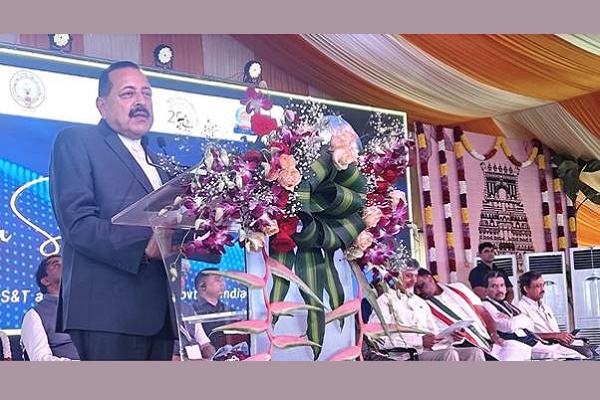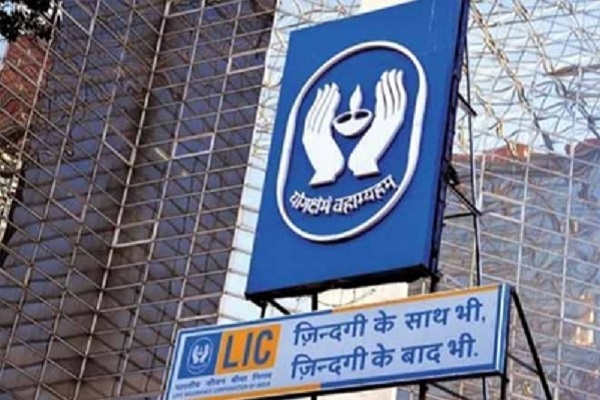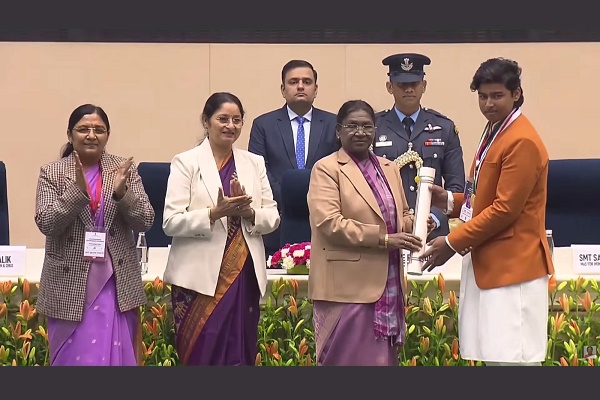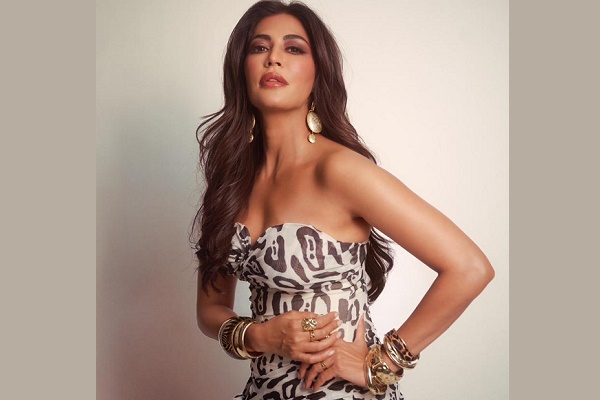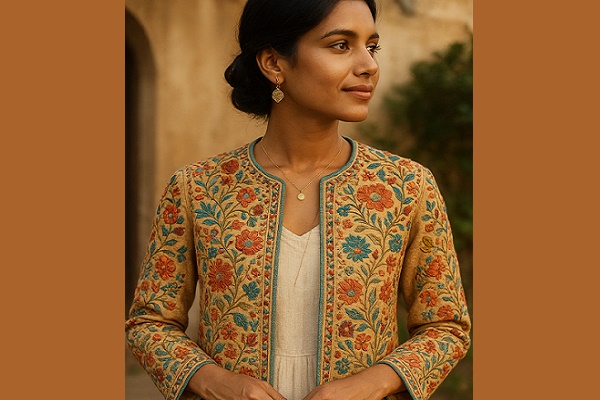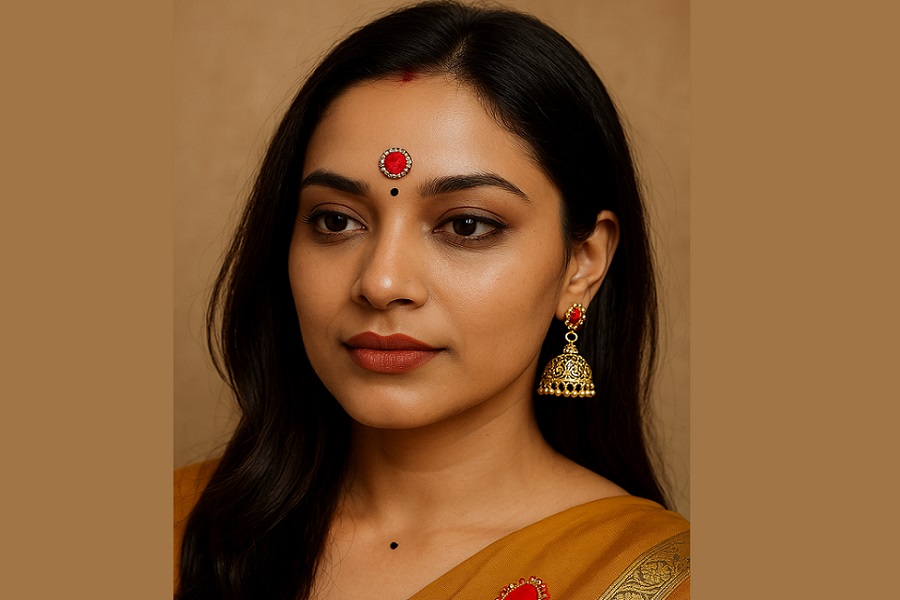Tradition, Identity, and a Modern Fashion Statement

Once rooted deeply in the spiritual and cultural practices of South Asia, the bindi has transcended its traditional symbolism to become a global fashion accessory. While it remains a sacred symbol for many, especially within Hindu culture, its evolution into the world of fashion reveals both the beauty and complexity of cultural expression in the modern age.
Origins and Significance
The word bindi stems from the Sanskrit word bindu, meaning “point” or “dot.” Traditionally worn on the forehead between the eyebrows, the bindi is believed to represent the third eye—the seat of concealed wisdom, intuition, and spiritual awakening. In Hinduism, it’s often applied during rituals and is seen as a protective talisman that wards off negative energy.
Married Hindu women historically wore red bindis to signify their marital status, while men and women alike applied tilak (a similar mark) for religious ceremonies. Over time, the use of the bindi has expanded across different regions and religions, symbolizing anything from fashion to feminist rebellion.
From Sacred to Stylish
As Indian fashion has gained prominence on global runways, so has the bindi. In the 1990s, Western pop stars like Gwen Stefani brought it into the limelight by sporting rhinestone bindis during performances and public appearances. While the trend stirred controversy for cultural appropriation, it also opened conversations about the aesthetic and symbolic richness of South Asian traditions.
Today, bindis come in various designs—sequined, beaded, metallic, minimalist—and are worn in both traditional and avant-garde styles. They’ve become an essential accessory in Indian bridal fashion, matching the lehenga or sari in color and embellishment. High fashion brands and indie designers alike have embraced the bindi as a detail that adds mystique and cultural depth.
Bindi in Contemporary Fashion
Modern Indian designers are redefining the bindi not just as a religious or ethnic symbol, but as a form of self-expression. Celebrities like Deepika Padukone and Priyanka Chopra often wear bindis on international red carpets, pairing them with fusion outfits that blend Eastern and Western aesthetics. Even within the subcontinent, young women are using the bindi creatively—experimenting with placements, sizes, and styles that speak to personal identity rather than societal roles.
In street fashion, the bindi can be seen as an emblem of heritage, feminism, or rebellion. It allows wearers to celebrate their roots while challenging stereotypes about culture and modernity.
Cultural Sensitivity and the Future of the Bindi
As the bindi continues to captivate fashion lovers worldwide, it also raises important questions about respect and cultural sensitivity. While embracing multicultural fashion is a sign of growing global awareness, it's vital to understand the origins and meanings behind such symbols. Wearing a bindi should come with acknowledgment and appreciation of its significance.
Conclusion
The bindi is far more than a decorative dot—it is a symbol of tradition, power, beauty, and identity. Its journey from ancient temples to high fashion runways reflects the dynamic interplay between culture and style. Whether worn for spiritual reasons or as a bold fashion statement, the bindi continues to hold its place as one of the most iconic and meaningful accessories in the world.




